1
OddBits
WikiCountry
2023
Storytime
Wikispeedia, the thrilling game where players race to find a target article from a starting point, built on a subset of Wikipedia. Our project is based on a dataset that tracks the paths of Wikispeedia players in their games up to early 2014.
How does a Wikispeedia game typically go? You start from an certain topic, search for a familiar article, use that as a launching point to the closest thing you can think of to the target article, and bridge the gap from there. Very often, that first familiar article is a country - or at least, this is how our games went. We were concerned about how other players might tackle this problem: if they search up to a certain country, why do they choose that country specifically? Is it because they have a specific strategy? Or are there hidden motivations behind their choices, concealed even from their own awareness?
Looking for Answers
Our journey began with a deep dive into the potency of Wikispeedia's country-related articles, gauging their influence through centricity coefficients and their interconnections with other articles.



Do players favor countries that exhibit greater centrality and numerous connections?
On the scatter plot, we found a correlation between players' country choices and centrality.
Interestingly, some countries with significant centrality, like Lebanon and Argentina, were seldom selected by users.
A similar correlation emerged between players' chosen countries and the number of neighbors each article possessed.
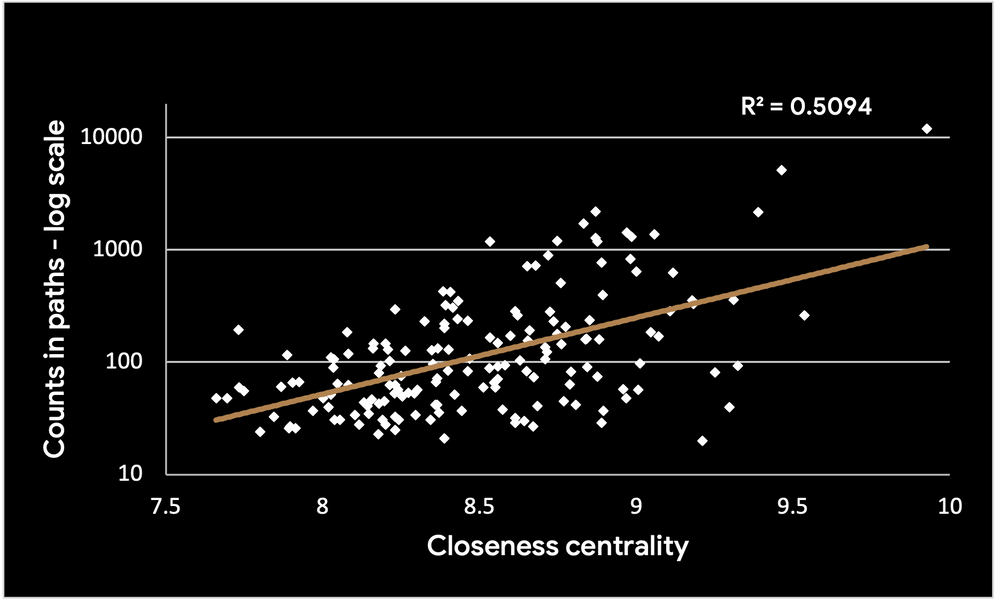
Country Occurrences in All Paths vs. Closeness Centrality

Country Occurrences in All Paths vs. Number of Neighboring Articles
The connection between the countries players choose and their centrality and number of connections seemed delicate, possibly influenced more by the game's inherent structure than the deliberate choices of the players.
Do players opt for countries that enhance their chances of winning?
The scatter plot reveals a notable absence of correlation between the success rate and the countries most frequently chosen by the players.
Correlation Between Country Usage Frequency and Success Rate in All Paths
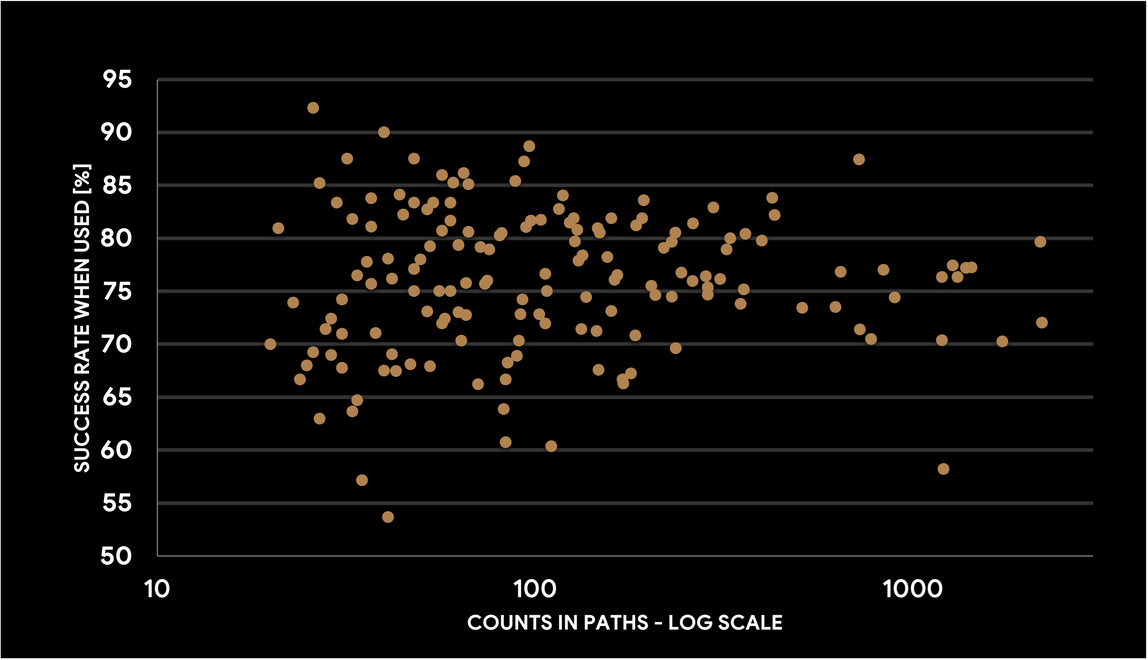
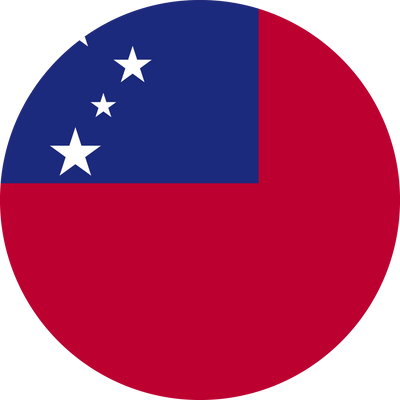
For visualization purposes the USA was removed from this graph
While certain countries may exhibit higher success rates, it appears that players did not necessarily prioritize these countries in their selections with the aim of boosting their success rates

What does all of this signify?
It seems that not all highly-connected, central articles are players' top picks. It's clear: hidden factors wield substantial influence on their choices.
Strategy
In the pursuit of uncovering the hidden influences on players' perceptions, we delved into the enigmatic world of country characteristics, including the GDP, the language, and the echoes of international sports success.

Analysis


We started off by checking the geographical distribution of country usage: it turns out that North American and European countries are the most commonly used.
Continent abundance in player paths
North America
29.9%
South America
3.9%
Oceania
2.7%
Africa
7.8%
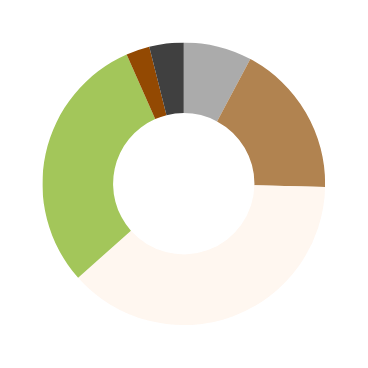
Asia
17.5%
Europe
38.1%
But wait a second..... what if we remove some outliers?
Continent abundance in player paths excluding the USA and the UK
South America
5.9%
Africa
11.7%
Oceania
4%
North America
10%
Europe
42.1%
Asia
26.3%

Without the United States, North American countries are not so widely utilized, but European countries are still a plurality, even without the United Kingdom!
Share of article usage by the country’s primary language
German
5.2%
Spanish
7.4%
Other
30%
Arabic
5.2%
French
5.7%
English
46.5%

And what about a country’s language? It seems English speaking countries are the most often used in navigation.
It’s important to remember population shares for each language! English is a very widely spoken language after all, but it is still over-represented in Wikispeedia pathfinding!
Population Share by Primary Spoken Language in Countries
German
1.4%
Spanish
6.1%
Arabic
5.2%
French
3.1%
Other
51.5%
English
32.8%
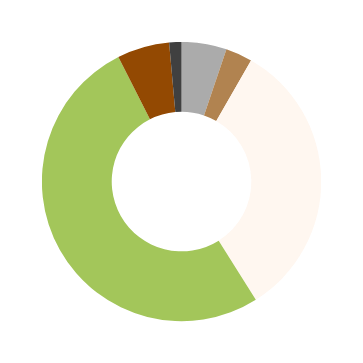
Relationship Between Country Appearances in Player's Paths and Quartiles of GDP, Olympic Medals, and Population
How about GDP, sports success and population? What emerged from the shadows was nothing short of breathtaking – a dramatic revelation etched in the cumulative appearances within player paths.
We split here countries into quartiles, and looked at cumulative appearances in player paths: the relationship is drastic! Players are more likely to cross countries which are richer, more populated, and that have won more olympic medals!


Summary
33% of players use the USA to find their target article
In our exploration of Wikispeedia, we’ve found that players navigating through countries on Wikispeedia do not necessarily have a winning strategy in mind. Rather, their choices seem to reflect internal biases, in economic and population footprint, as well as linguistic as geographic factors!
Some countries like the US are highly connected and well visited, while others like Lebanon and Argentina flew well under the radar although they both have strong connectivity! This intriguing disparity underscores the complex forces guiding our virtual journeys.
18%
The USA was present in 18% of paths
0.4%
Lebanon was present in 0.4% of paths
Closing Thoughts
Historical progression of country usage in Wikispeedia
In our analysis, we incorporated data from various reliable sources, including the World Bank, the United Nations, and other reputable resources, in conjunction with the Wikispeedia dataset. For the future, further analysis can also assess the development of country usage over time and how change in the global worldwide setting affected their use!
Thank you
